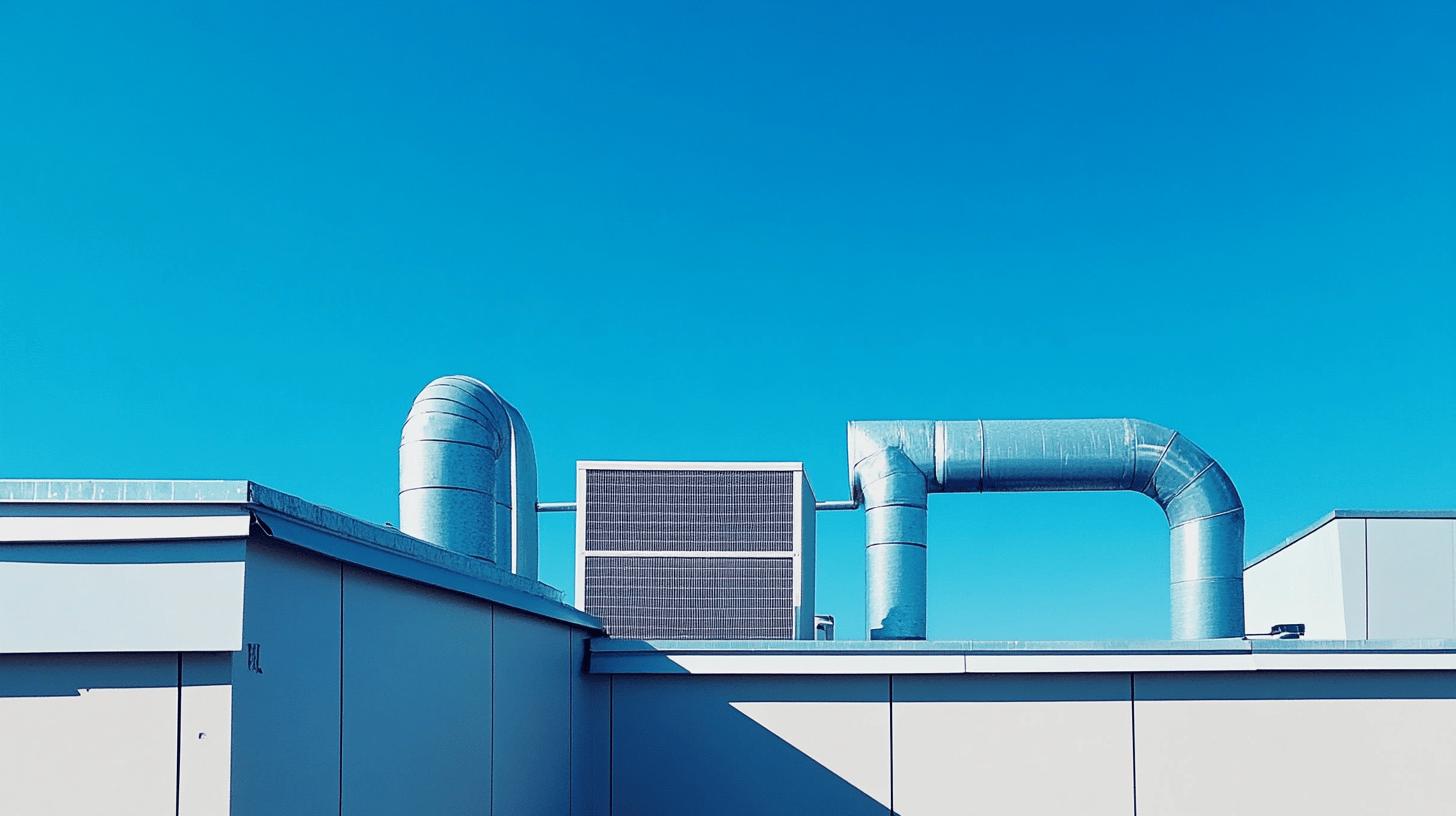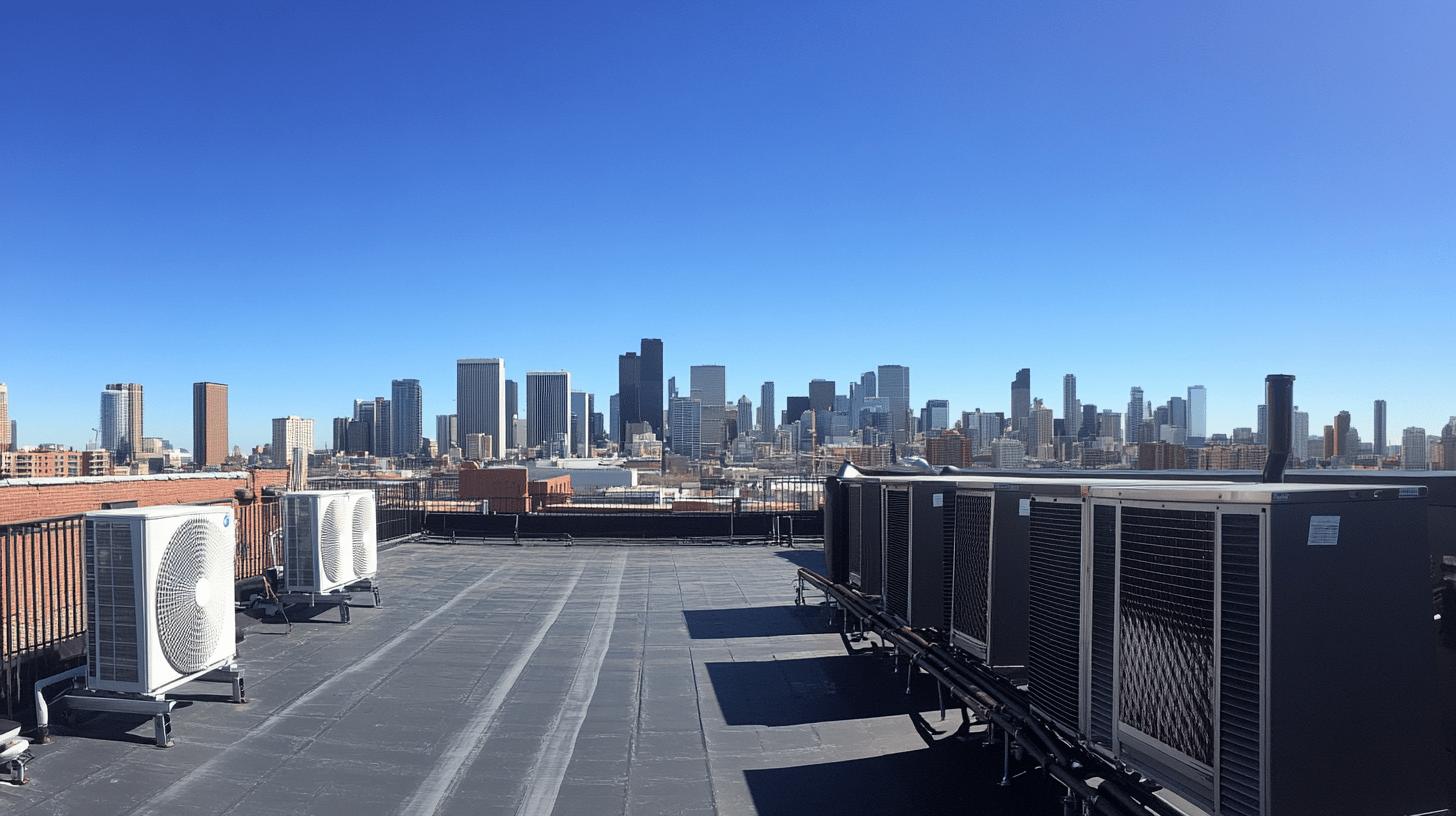Do HVAC systems pull air from outside efficiently, or is it just an illusion of fresh air? Understanding how your HVAC system works is crucial, especially when balancing indoor air quality with energy consumption. These systems can indeed incorporate outside air, but knowing when and how they do this can significantly impact your comfort and energy bills. In this article, you’ll explore the basic functions of HVAC systems and the components that facilitate outside air intake. Additionally, you will learn about the benefits, drawbacks, and energy implications of using outside air in your home.
How HVAC Systems Utilize Outside Air
Do HVAC systems efficiently pull air from outside? In most systems, indoor air recirculates to maintain comfort. However, many systems also incorporate outside air through ventilation. This outside air is essential for improving indoor air quality. It reduces pollutants and boosts oxygen levels. This process is managed by an HVAC air intake system equipped with various components to optimize airflow. While beneficial, it can increase energy use, especially when the external temperature differs significantly from desired indoor levels, making the system work harder.
Key components that assist in drawing outside air into HVAC systems include:
- Air intake dampers
- Economizers
- Ventilation fans
- Air filters
- Energy recovery ventilators (ERVs)
Using outside air is particularly beneficial in commercial or high-occupancy spaces needing better air quality. Fresh air decreases carbon dioxide and pollutants, enhancing comfort and health. However, balancing these benefits with potential energy cost increases is crucial. Advanced components like economizers and ERVs minimize energy loss by efficiently managing indoor and outdoor air exchange, aligning with energy efficiency goals.
Benefits and Drawbacks of Using Outside Air in HVAC Systems

Introducing outside air to HVAC systems efficiently enhances indoor air quality. Fresh air dilutes pollutants and lowers carbon dioxide, improving health and comfort, especially in crowded areas. It’s essential for maintaining a healthy indoor environment. Yet, there are drawbacks. Conditioning incoming air to match indoor temperatures demands more energy. Extreme external temperatures increase energy costs. Without proper filtration, outside air introduces pollutants and allergens. In polluted areas, careful monitoring and filtration are vital.
Modern HVAC systems tackle these challenges using energy recovery ventilators (ERVs) and heat recovery ventilators (HRVs). They boost energy efficiency by pre-conditioning incoming air with outgoing air energy, reducing energy loss while improving air quality. These systems balance fresh air needs with energy use to create a comfortable environment.
| Benefit/Drawback | Description |
|---|
| Improved Air Quality | Dilutes pollutants, reduces CO2 levels |
| Increased Energy Use | More energy needed to condition outside air |
| Outdoor Pollutants | Risk of introducing allergens and pollutants |
| Energy Recovery | ERVs/HRVs can reduce energy loss |
Design and Maintenance Considerations for HVAC Systems with Outside Air Intake
Do HVAC systems efficiently pull air from outside? Efficiency depends on system design. Properly designed systems balance air quality with energy efficiency, using components like dampers and economizers for flow regulation. This requires careful planning to meet air quality needs without wasting energy. Building design and system usage determine outside air incorporation. A thoughtful design can enhance air quality and maintain efficiency, making outside air a beneficial HVAC feature.
Maintenance Tips for Optimal Performance
To ensure efficiency with outside air intake, consider these tasks:
- Regularly check and clean air filters.
- Inspect and maintain air intake dampers.
- Monitor economizer settings.
- Schedule ERV/HRV inspections.
- Ensure ductwork is sealed properly.
- Adjust settings seasonally.
Climate and building design impact decisions to use outside air in HVAC systems. In cold climates, systems need extra heating for cold air, while in warm climates, cooling is crucial. Building design affects airflow and filtration, impacting system effectiveness. For large spaces, more robust systems ensure even air distribution. Considering these factors during design and maintenance leads to efficient systems and improved air quality.
Impact of HVAC Systems with Outside Air on Energy Consumption

Does using outside air efficiently affect energy consumption? It’s complex; incorporating outside air can raise energy usage. The system works harder to heat or cool incoming air matching indoor temperatures, especially in climates with temperature differences. This can lead to higher bills and system wear.
To manage energy use with outside air, consider these strategies:
- Use energy recovery ventilators (ERVs)
- Install programmable thermostats
- Regularly maintain filters
- Optimize ductwork design
Advanced components like ERVs and HRVs enhance efficiency in systems using outside air. They pre-condition incoming air by transferring heat from outgoing air, reducing the load on the system. This minimizes energy loss and ensures adequate fresh air. By utilizing advanced technology, HVAC systems maintain air quality while efficiently managing energy use.
Final Words
Exploring how HVAC systems integrate outside air reveals both advantages and challenges. Utilizing fresh air through components like dampers and economizers enhances indoor air quality but can increase energy consumption. Systems designed and maintained properly can offer a balance, ensuring effective ventilation with minimal energy loss. It’s important to assess the specific needs of your building and climate to optimize performance. By using advanced technology like ERVs, HVAC systems can efficiently manage indoor and outdoor air exchanges. Understanding how these systems operate can lead to energy-efficient and healthier living environments.
FAQ
Do HVAC systems pull air from outside?
HVAC systems often incorporate outside air to improve indoor air quality. Components like dampers and economizers help manage the amount of external air, enhancing overall ventilation without sacrificing comfort.
What are the benefits and drawbacks of using outside air in HVAC systems?
Using outside air can dilute indoor pollutants and reduce CO2 levels, improving comfort. However, it may increase energy use and risk introducing outdoor allergens without proper filtration.
How can modern HVAC systems manage the challenges of using outside air?
Modern systems employ energy recovery ventilators (ERVs) or heat recovery ventilators (HRVs) to reduce energy loss. These components help maintain efficiency while using outside air for improved air quality.
What maintenance is necessary for HVAC systems utilizing outside air?
Regular maintenance tasks include checking air filters, inspecting intake dampers, adjusting economizers, and ensuring ductwork is sealed. Seasonal adjustments and periodic inspections of ERVs/HRVs are also vital for optimal performance.

